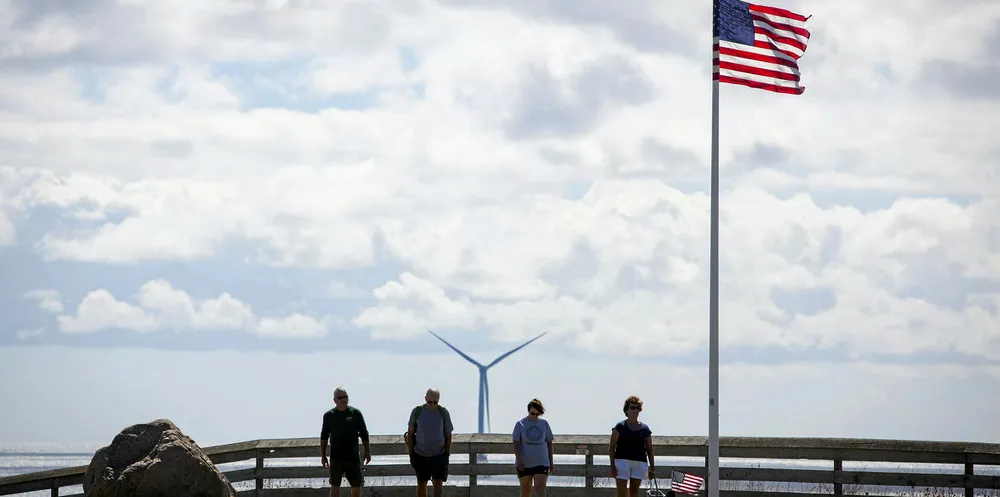America's first offshore wind farm faces shutdown after cables 'not buried deep enough'
Block Island will have to have cabling work later this year after wrong choice of procedure during build phase, claims Rhode Island official

Block Island will have to have cabling work later this year after wrong choice of procedure during build phase, claims Rhode Island official
